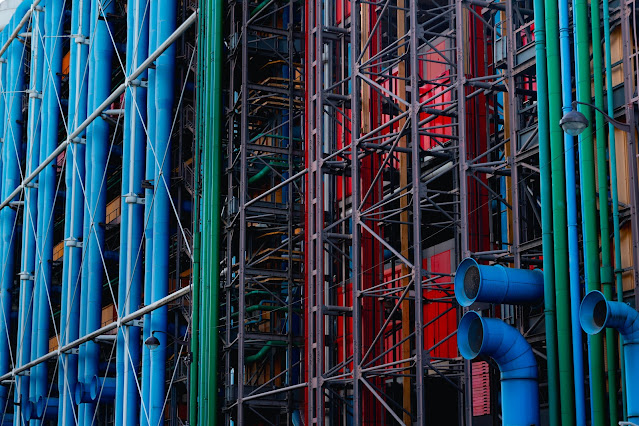Code Compliance and PVC Pipes: A Comprehensive Guide for Contractors

When it comes to plumbing and construction, ensuring code compliance is essential for the safety, durability, and legality of any project. PVC (polyvinyl chloride) pipes have gained popularity among contractors for their versatility, affordability, and durability. However, understanding the relevant building codes and regulations governing the use of PVC pipes is crucial to avoid costly mistakes and potential liabilities. This guide provides an overview of code compliance related to PVC pipes, helping contractors navigate the complexities of regulations effectively. Understanding Building Codes Building codes are sets of regulations that specify the minimum standards for construction and design in order to safeguard public health, safety, and welfare. They encompass various aspects of building and plumbing, including materials, installation practices, and maintenance. Each state or locality may have its own building codes, often based on model codes such as the International Plumbing C...



